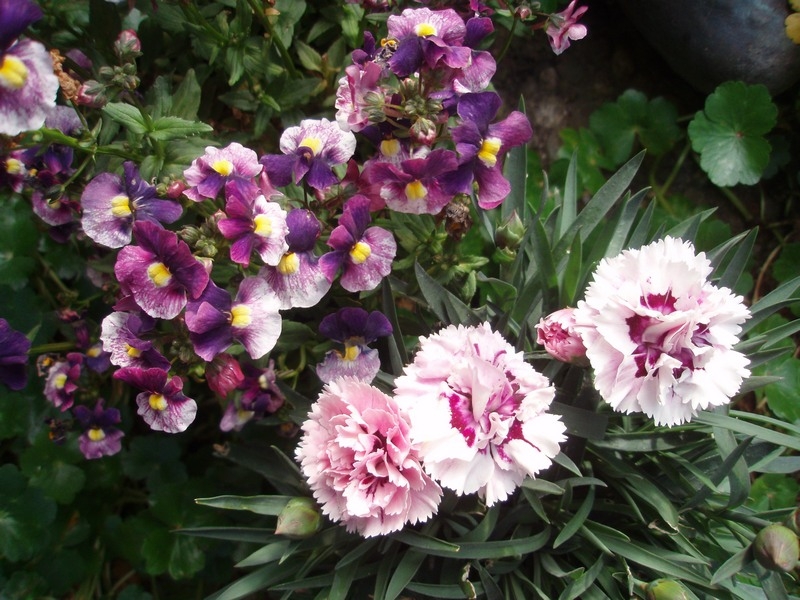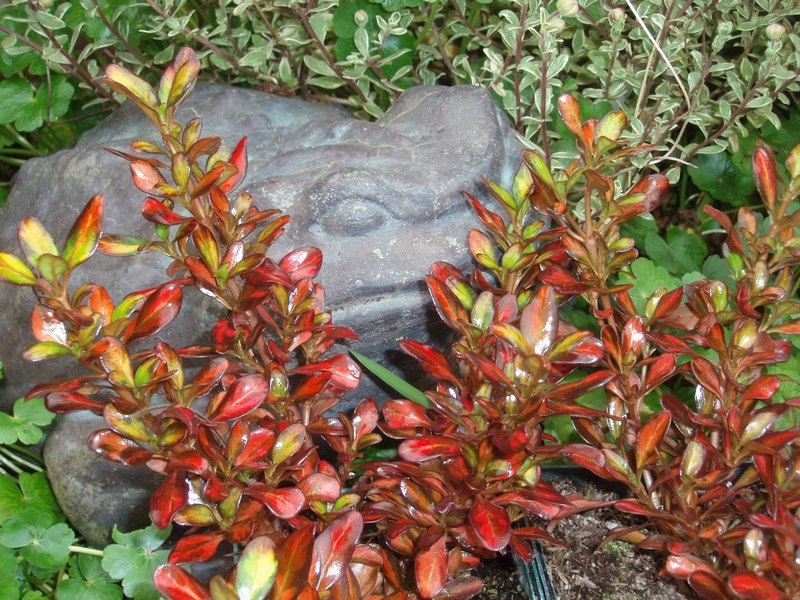Spring is busting out all over. Huge saucer magnolias and dainty flowering cherries adorn trees everywhere you look. Many spring bloomers are deliciously fragrant, too. Whether you’re planting edibles in the vegetable garden or containers on the deck include plants that entice you to linger and enjoy their sweet scent.
Old fashion lilacs will be blooming soon. Nothing ways "Spring" like the legendary scent of these shrubs. Give them a spot in full sun with enough room for them to spread 6′ wide. While most plants accept slightly acidic soils, lilacs are an exception. Dig lime into your soil at planting and side dress yearly if your soil is acidic.
Looking for something in vanilla? Evergreen clematis vines make a great screen with 6" long, glossy leaves and creamy white, saucer shaped, vanilla-scented flower clusters. Provide study support for them to climb on. They are slow to start but race once established.
Outside the veggie garden, citrus blossoms can scent the air. Plant lemons oranges, mandarins, kumquats, grapefruit and limes in full sun areas. Established trees need a good soak every other week so keep them on a separate watering system from your other edibles.
Inside the veggie garden, include scented plants that attract beneficial insects. Fragrant lavender and sweet alyssum are good choices. For sheer enjoyment, plant perennial carnation and dianthus for their intense clove fragrance. Cinnamon Red Hots grow to 15", are deer resistant, bloom all spring and summer and don’t need deadheading. Velvet and White border carnations are among the least demanding and most satisfying perennials in the garden. As cut flowers they are long lasting and highly fragrant in bouquets.
Another fragrant perennial to tuck among your other plants or veggies is Berries & Cream Sachet nemesia. Intensely fragrant blossoms are purple and white, just like blackberries covered with cream. They bloom for months without any special care but if flowers decline, cut plants back to stimulate new growth.
Fragrant shrubs that are easy to grow are osmanthus, bush anemone, choisya, philadelphus, butterfly bush, and daphne. Scented perennials include sweet violets and chocolate cosmos. Plant several chocolate cosmos for the strongest effect. They really do smell like dark chocolate on a warm day. Vivid purple heliotrope don’t winter over around here but their vanilla and licorice fragrance make them worth replanting each year.
Plant for fragrance. It’s your reward for all the care and tending you give your garden.


